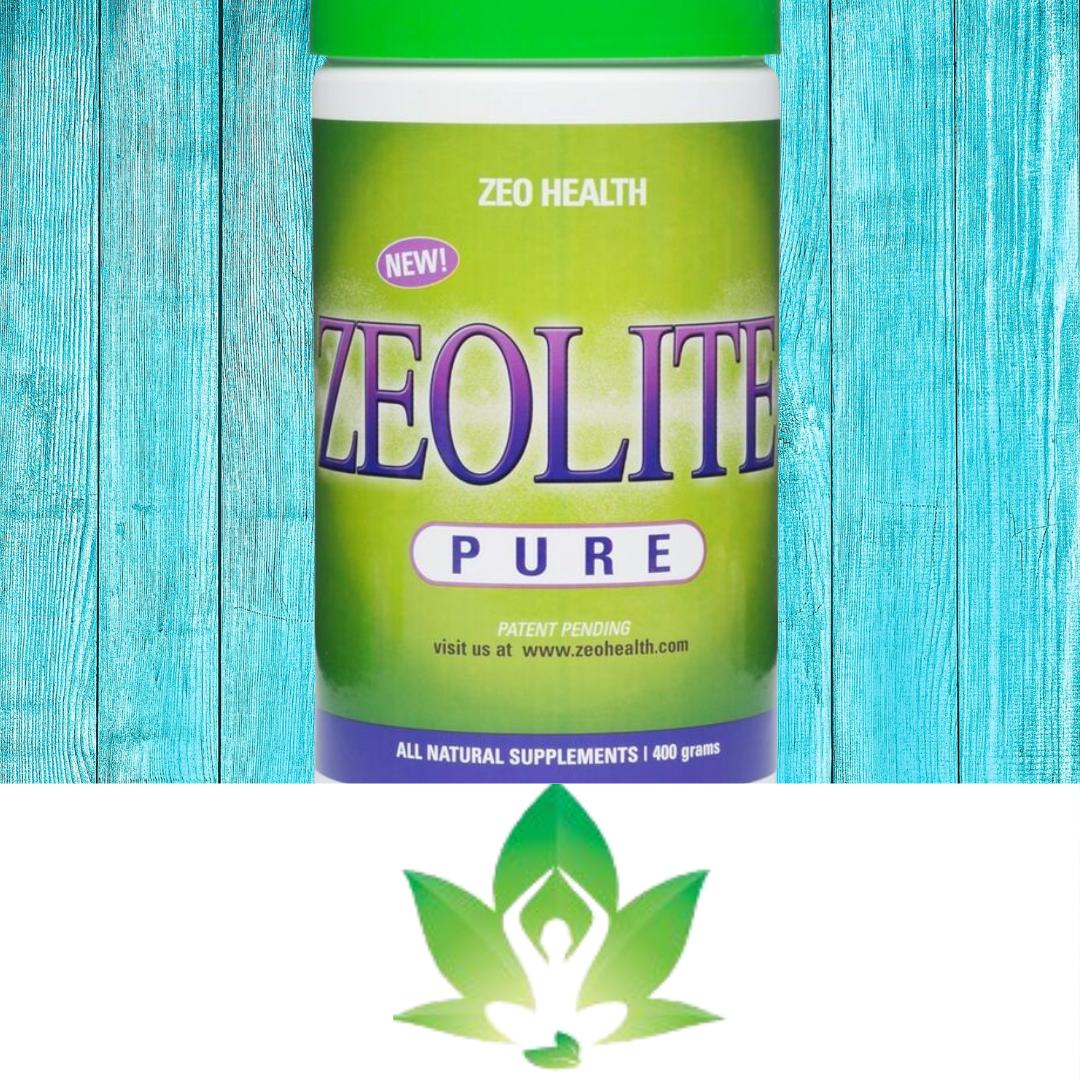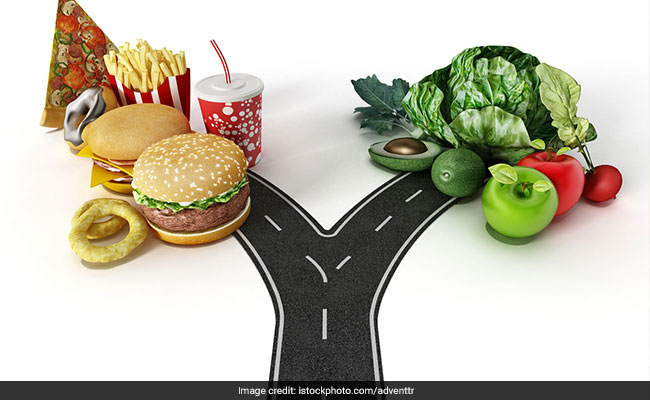
The best foods for runners must contain essential nutrients to sustain their daily activity. Protein is a necessary part of a healthy diet, but the right source of protein should be carefully chosen. Chicken or fish should be the best source for animal protein. To meet your energy requirements, vegetable proteins should be combined with other carbohydrates. Everyone should focus on the five-a-day fruit and vegetable strategy, but runners should take their intake even higher. Adding vitamins and fiber to their diets can help them stay energized and lessen the need for nutrients that have been lost.
Beans are a runner’s best friend, especially if they have thick skin. They're full of complex carbohydrates and fiber, as well as omega-3, fiber, magnesium, and potassium. In addition to being energy-boosting, beans also contain potassium, iron, B-vitamins and other nutrients. Running can be made easier by reducing recovery time between sessions. Avocados are another great source of healthy oil.
Bananas can be a great pre-run snack because they are full of energy. Bananas are low in fiber so they are easy to digest. However, they have high levels of potassium which can help prevent stroke and blood pressure from rising. PB and banana are two great options for runners. Bananas are a great option if you need a boost of nutrition before running.
Salmon is another option. It is high in zinc which can aid with recovery after a workout. Salmon is low in calories and high in vitamin C and potassium, making it a popular pre-run meal. Finally, kale is an excellent source of Vitamin K, which is essential for bone development. It is important to include calcium in your daily diet, as it helps prevent injuries from intense exercise.
Soups are great for breakfast before and after a run. However, they can also be eaten as a starter during the day. Soups make a great choice for training runs and pre-runs. Porridge, and other oat-based cereals, are healthy options. Unlike oat-based cereals, instant porridge is less suitable for runners than pure porridge. Muesli and wheat biscuits are better options for pre-event morning breakfast.

Runners need to consume lots of protein and vegetables. Although they are low in fat, these foods contain high levels of potassium and manganese which are important for healthy bones. These foods are rich sources of iron, potassium, magnesium, and other nutrients that are vital for body regeneration and repair. They also help to maintain normal levels of blood pressure. So, when you're thinking about which foods to eat for runners, remember that you need to include a variety of different kinds of food for runners.
If you're planning to run a long distance, you'll need to make sure that your body is properly fueled for the next few days. For optimal performance, the body needs to have a good mix of carbohydrates and protein. If you train for long distances, salmon and wild fish are great options. If you don't have the time or desire to run, seafood is a great option. It is rich with omega-3 fatty oils and can help increase cardiovascular output. These fatty oils also protect the nervous system from inflammation.
While you'll need to be careful with the types of foods you eat, it is important to eat protein at regular intervals to help your body recover after a long run. Hydration is key to avoiding cramps and other digestive problems. These foods are rich in calcium and protein, which will provide energy and prevent fatigue. Try eating more nuts and seeds if you are an athlete.

The essential part of a runner’s diet must include nuts. Nuts can be used to lose weight or increase bone density. They also provide fuel for long runs. However, it is crucial to choose nuts with care. These nuts can add calories to your diet so be careful. Many runners don't get enough nutrition so it's important to choose the right nuts for runners.
FAQ
What can I learn about cooking?
There are many cooking classes available all over the country. There are many schools that offer courses in pastry, baking, and wine tasting. If you're interested in learning more about baking, you can either enroll at a community college or vocational school. Or you can attend a private class.
What's the difference between a professional chef and an amateur cook?
A chef prepares meals for others. A cook prepares meals for others. While both jobs involve the preparation of food, a chef interacts directly with his customers. This means that they may have to decide what dishes to prepare for their customers based on their preferences. The cook doesn't have to interact with customers. Instead, a cook makes sure the food tastes good before delivering it to customers.
How long does it take to learn to cook? How long do I need to learn to cook?
It depends on your level of skill. Some people can master basic cooking techniques in a matter days. Others might need months or even years to master basic cooking techniques.
The time taken to learn to cook will depend on who you ask. An example: Someone who has never cooked before may need more time than someone who makes regular meals. Some types of cooking are more difficult than others. For instance, baking requires more knowledge than frying.
If you want to learn how quickly you can cook, you should focus on learning a specific technique. You can then move on to the next technique once you have mastered it. You don't need to worry about how many days or weeks it took to learn how to cook. You can just keep at it and enjoy the process.
Statistics
- On average, chefs earn $58,740 a year, according to the BLS. - learnhowtobecome.org
- In the United States, the category is estimated at $23.2 billion annually and is growing faster than the market. (washingtonpost.com)
- The median pay for a chef or head cook is $53,380 per year or $25.66/hour, according to the U.S. Bureau of Labor Statistics (BLS). (learnhowtobecome.org)
External Links
How To
How to make a perfect Omelette
Omelets is one of my favourite breakfast foods. How can you make them perfectly? I've tried many recipes and different methods but none have worked. So I am sharing some tips and tricks today to help you make fluffy, delicious omelets every morning.
Before we start making omelets, let's remember that eggs are temperamental. It is important that eggs are fresh from an organic market and kept cool until used. You must keep them cool enough to allow the whites to form properly and the yolks to become too runny if they're not kept at the right temperature. Your omelets will look strangely colored if this happens. If you plan to cook the eggs right away, it is best to use room temperature eggs.
Another tip is to separate the egg before adding it to the pan. The yolk and white should not be mixed together as this can cause the omelet's curdle.
You might burn the bottom of the egg if you place the egg directly on the stovetop. This could ruin the texture of your omelet. Instead, microwave the egg for 10 seconds before adding it to the pan. The microwave heat cooks your egg just right, without it becoming too soft.
Next, let's talk about mixing the eggs. Mixing eggs together is important. You need to beat them well. To do this, grab the bowl of the mixer and turn it upside down. Next, shake the bowl vigorously. This way, the air inside the bowl gets whipped around and mixes the egg thoroughly.
The fun part begins - you need to pour the milk into your mixture. Pour half the milk into the beaten egg mixture and then fold in the eggs. If you still see streaks of eggs, don't worry. These streaks will disappear once the omelet has been turned over.
After you have folded the eggs, heat the oil in a pan over medium heat. Once the oil has started to sizzle, turn the heat down to low. Once the oil starts getting hot, add 1/4 cup of butter to the pan and swirl it around to coat the entire surface of the pan. Next, carefully open the lid and sprinkle salt into your pan. A pinch of salt will prevent your omelet from sticking in the pan.
Once the omelet forms, cover the pan again. Let the top side set completely. Flip the omelet over using a spatula or flip the pan upside down. Cook the other side for about a minute. Serve the omelet immediately by removing it from the pan.
This recipe works best using whole milk. Skimmed milk is also possible.